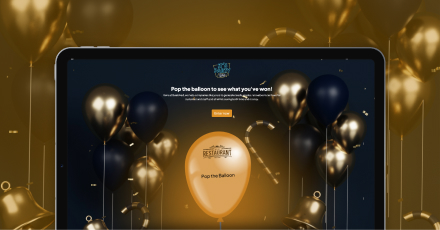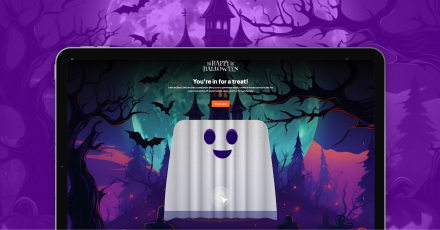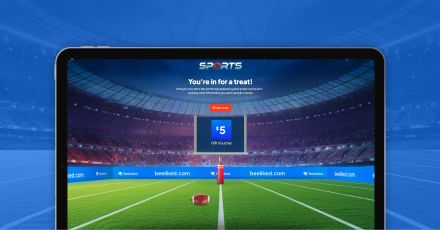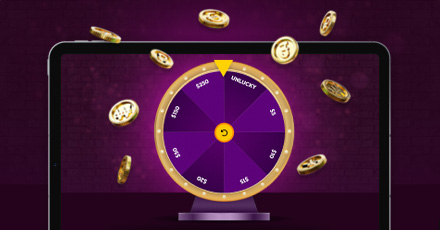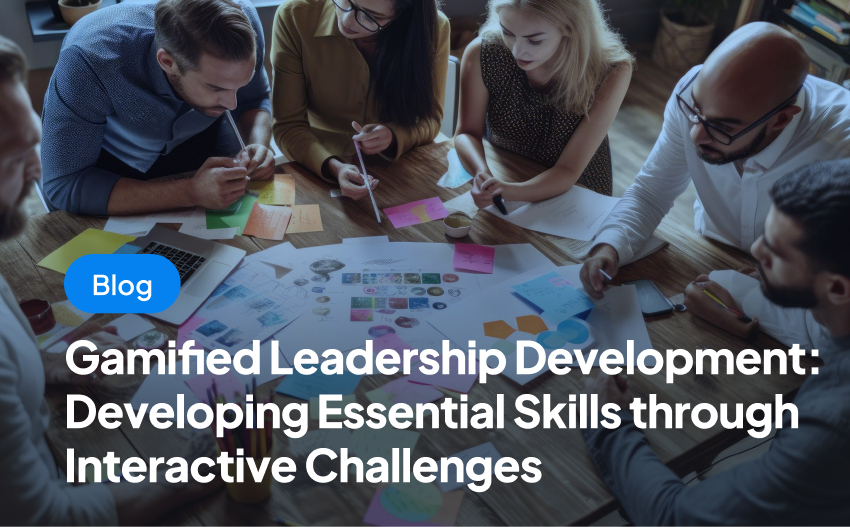
Gamified leadership development is paving the way for a new era of leadership training by integrating professional growth with interactive challenges. This new approach to skills training combines the best aspects of gaming with leadership exercises to create an immersive and engaging experience that enhances skill acquisition and application.
Gamification involves applying game-like elements to non-gaming situations to encourage participation and engagement. In the context of leadership training, this includes incorporating games of chance that leverage competition, interactive challenges, and rewards to create a more engaging and dynamic learning experience.
Employee motivation is a crucial factor in the success of any organization. While traditional methods like salary increases and bonuses are effective, introducing a game of chance with prizes can bring an element of fun and unpredictability to the workplace. This approach is designed to create a positive and dynamic environment, encouraging employees to go above and beyond in their roles. In this post, we’ll explore how gamified leadership development can help businesses build essential skills in their workers through interactive challenges.
Key Components of Gamified Leadership Development:
Interactive Challenges:
At the core of gamified leadership development are interactive challenges and simulations. These scenarios should mirror the challenges often encountered in your industry, requiring leaders to make decisions, solve problems, and collaborate with diverse teams. The gamified approach provides hands-on experience that goes beyond theoretical knowledge by placing leaders in dynamic situations.
Collaborative Learning:
Gamified leadership development often involves collaborative learning experiences. Team-based challenges foster communication, cooperation, and synergy among participants. These activities should mimic real workplace dynamics, where effective leadership requires guiding a team toward common goals.
Adaptive Learning Paths:
Gamified training programs allow for adaptive learning paths tailored to individual needs. As participants progress through challenges, the system should identify their strengths and weaknesses, adjusting the difficulty level accordingly. This personalized touch ensures that employees receive targeted development in areas where improvement is necessary.
What Are The Benefits Of Gamification In Learning And Development?

1. Incentivizes Performance
One of the key advantages of incorporating games of chance is the ability to tie rewards directly to performance. The interactive nature of gamification creates a sense of excitement, leading to a more enjoyable learning experience. The inclusivity of gamified learning promotes a positive and collaborative work culture. Employees are more likely to perform at their best when they feel valued.
For example, Voco Hotels teamed up with BeeLiked to create a spin-the-wheel campaign to motivate their employees and encourage them to work more cohesively. The campaign was used to create a monthly reward system for employee appreciation. Using BeeLiked’s spin-the-wheel promotion, every staff member was involved in this drive to secure outstanding reviews and make the Voco experience exceptional. The campaign provided a powerful incentive for teamwork and excellence. The winners were sent personalized invitations to participate in the spin-the-wheel game and win exciting prizes. This is a prime example of how a game of chance can be a powerful incentive to motivate employees through the promise of enticing rewards.
2. Fosters Healthy Competition:
Games of chance inject an element of unpredictability into the employee experience, fostering healthy competition among team members. Whether it’s a weekly spin-the-wheel event or a monthly sweepstakes, the element of chance adds an extra layer of excitement to routine work activities. This not only boosts morale but also encourages employees to put in their best effort, knowing that they will be rewarded for their dedication.
3. Increases Retention and Application of Skills
Traditional leadership training faces challenges in ensuring that new skills are retained and applied in real-life situations. However, gamified leadership development can help overcome this issue by providing employees with practical and memorable experiences.
4. Practical Application of Skills:
Interactive challenges provide an opportunity for workers to apply theoretical knowledge in practical scenarios. This experiential learning enhances the transfer of skills to real-world situations. Through a simulated environment, trainees can learn important skills to apply at work, leading to tangible improvements in their leadership effectiveness.
5. Measurable Results:
Through data analytics, organizations can track their employees’ progress, identifying areas of strength and areas that may need additional focus. This data-driven approach allows for continuous improvement in the leadership development process.
Employing Interactive Challenges for Skills Development

Games of chance can be woven into interactive challenges to cultivate essential skills. These challenges can take various forms, from team-based competitions to individual skill-building exercises. The key is to create a structured yet dynamic environment that encourages employees to stretch their capabilities while enjoying the process.
Modern leadership demands a diverse skill set that goes beyond traditional management techniques. Gamified training recognizes this and addresses the need through interactive challenges that simulate real-world scenarios. For instance, decision-making challenges, team collaboration simulations, strategic planning, and crisis management scenarios can provide valuable insights into a leader’s capabilities.
By immersing leaders in these scenarios, they learn theoretical concepts and develop the practical skills necessary to navigate complex and dynamic situations. These interactive challenges not only enhance the retention of leadership concepts but also encourage a sense of competition and camaraderie among participants, making the learning experience both effective and enjoyable.
Examples of Interactive Challenges for Skills Development:

To ensure the gamified leadership development program remains relevant and effective, BeeLiked offers interactive challenges that can be tailored to align with an organization’s goals and the specific skills employees need to enhance. Let’s explore some examples of how interactive challenges can be used to develop professional skills:
1. Communication Skills:
Challenge: Conduct a spin-the-wheel session where employees are paired randomly and given a topic to discuss or present within a specified time.
Objective: Enhance verbal communication, teamwork, and adaptability.
2. Problem-Solving Abilities:
Challenge: Create a sweepstakes event where employees must solve a series of puzzles or brain teasers to earn entries.
Objective: Strengthen critical thinking, problem-solving, and decision-making skills.
3. Innovation and Creativity:
Challenge: Introduce a creative brainstorming session tied to a game of chance, where winning entries receive additional recognition.
Objective: Encourage out-of-the-box thinking, innovation, and creative collaboration.
Employee Feedback and Engagement:
To ensure the success of games of chance in fostering skill development, regular feedback loops and engagement surveys are essential. By gauging employee sentiments and preferences, organizations can fine-tune their gaming initiatives, making them more aligned with employee needs and expectations.
Tips for Success:
1. Balance Competition and Collaboration: While competition can be motivating, ensure that the gamification design promotes collaboration. Leadership often involves teamwork, so striking a balance is crucial.
2. Reflect Real-World Scenarios: Ensure that the challenges and scenarios presented in the gamified training reflect the complexities and nuances of real-world leadership situations. This authenticity enhances the transferability of skills to the workplace.
3. Regular Updates and Challenges: Keep the content dynamic by introducing regular updates, new challenges, or additional levels. This prevents monotony and sustains employee interest throughout the training program.
4. Measure and Analyze: Integrate analytics to track participants’ progress. Analyze the data to identify trends, strengths, and areas for improvement. This information can guide adjustments to the gamification elements for future programs.
5. Celebrate Achievements: Publicly acknowledge and celebrate your employees’ achievements. This can be done through social recognition or virtual ceremonies. Recognition reinforces positive behaviors and motivates participants to excel.
Invest In A Gamified Leadership Development Program With Beeliked
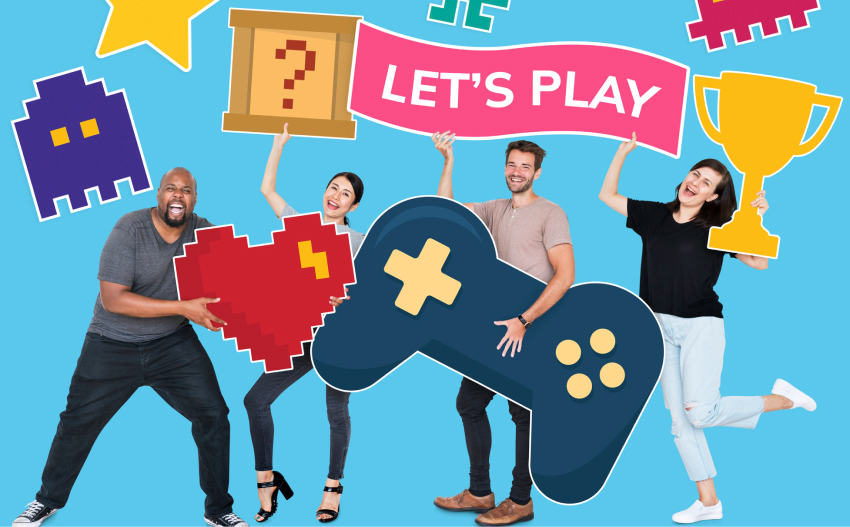
BeeLiked offers unique gamified solutions to help organizations like yours motivate their workforce while fostering leadership skills. Our advanced Invitelink technology guarantees a secure invitation to play, with the added benefit of personalization. By providing the right interactive tools and support, BeeLiked can help your company thrive and achieve its goals. Get started with BeeLiked today if you’re looking to enhance your workers’ leadership skills or improve your team’s performance.
